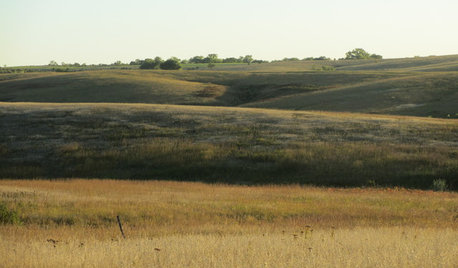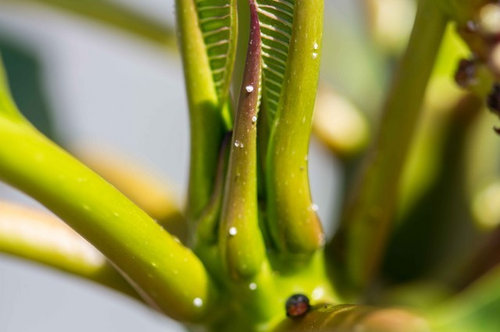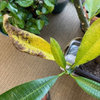Is this what's killing/stunting my plumeria?
mccamli
10 years ago
Related Stories

BUDGET DECORATINGPop Culture Watch: Get a Good Rap With Thrift Store Scores
Eight rooms that rock secondhand finds, in an ideabook inspired by rappers taking YouTube by storm
Full Story
SPRING GARDENINGTop 10 Scented Plants for Your Garden
A palette of perfumed plants can transform even the smallest of gardens into a sensory delight
Full Story
HOUSEPLANTS8 Essentials for Healthy Indoor Plants
Houseplants add so much to our homes — and can thrive when grown in the right conditions. Keep these tips in mind
Full Story
GARDENING GUIDESHow to Get Your Prairie On
Have a field day with your landscape, even if you've got just a few modern containers on a paved path
Full Story
GARDENING GUIDES5 Ways to Naturally Win the Weed War
Show irksome weeds no mercy with these tricks for combating them sans chemicals
Full Story
FARM YOUR YARDHow to Build a Raised Bed for Your Veggies and Plants
Whether you’re farming your parking strip or beautifying your backyard, a planting box you make yourself can come in mighty handy
Full Story
HOUSEPLANTSIndoor Winter Gardens for Cheerier Days
Bring plants inside for drab-days mood boosting — not to mention cleaner indoor air and protection for your greenery
Full Story
GARDENING GUIDESCommon Myths That May Be Hurting Your Garden
Discover the truth about fertilizer, soil, staking and more to keep your plants healthy and happy
Full Story
FLOWERS AND PLANTSHelp Monarchs and Other Butterflies by Planting Common Milkweed
Summer-blooming Asclepias syriaca is an important larval host plant for the monarch butterfly and attracts a number of pollinating insects
Full Story
HOME TECHThe Inevitable Future of Drones Around Your Home
As Google joins the push for airborne deliveries, it seems only a matter of time before neighborhoods are buzzing with drones. Is that OK?
Full Story







mccamliOriginal Author
mccamliOriginal Author
Related Professionals
Ballenger Creek Landscape Architects & Landscape Designers · Roosevelt Landscape Architects & Landscape Designers · Brunswick Landscape Contractors · Cedar Hill Landscape Contractors · Dudley Landscape Contractors · Elmhurst Landscape Contractors · Oakland Landscape Contractors · Tigard Landscape Contractors · Vineyard Landscape Contractors · Waterford Landscape Contractors · Kingsburg Landscape Contractors · Forest Hill Landscape Contractors · Greenville Siding & Exteriors · Marion Siding & Exteriors · Lansing Siding & Exteriorsjandey1
mccamliOriginal Author
Loveplants2 8b Virginia Beach, Virginia
elucas101
the_first_kms2
mccamliOriginal Author
jandey1
elucas101
mccamliOriginal Author
the_first_kms2